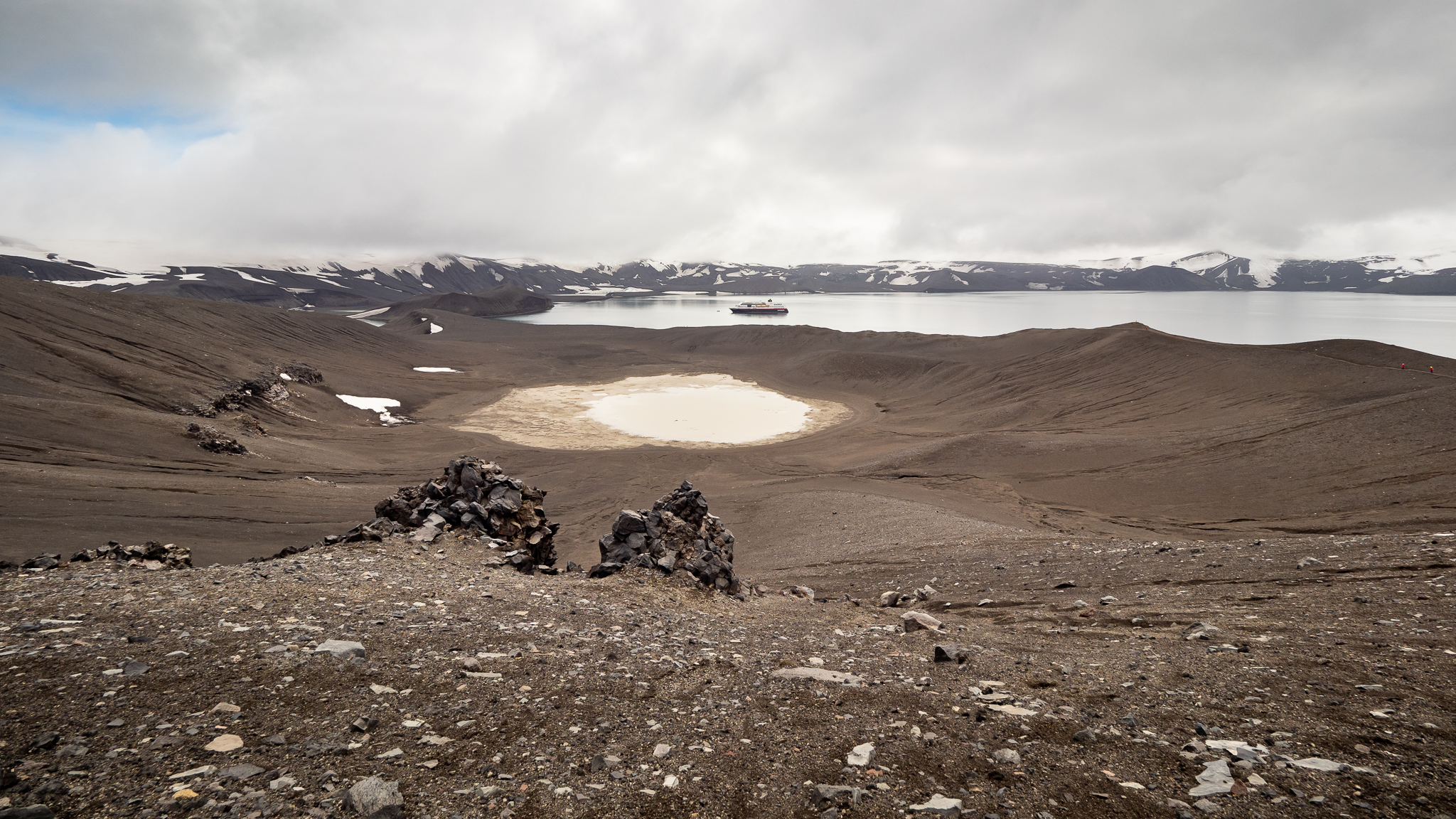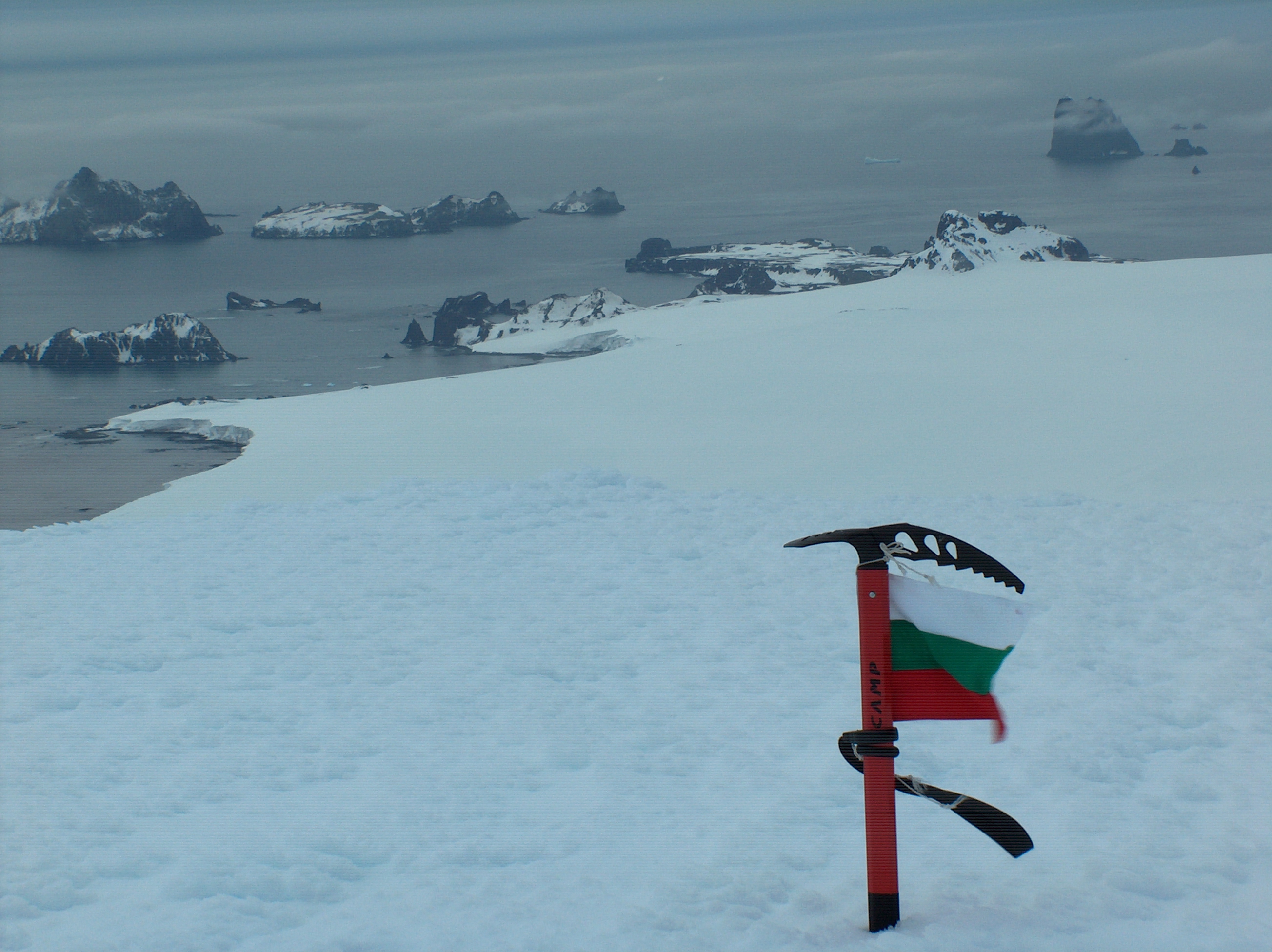|
Entrance Point
Entrance Point () is a point marking the south side of Neptunes Bellows, the entrance to Port Foster, Deception Island, in the South Shetland Islands. Deception Island was known to sealers in the area as early as 1821. The point was named by the Hydrographic Department of the Admiralty following a survey by Lieutenant Commander D.N. Penfold, Royal Navy The Royal Navy (RN) is the naval warfare force of the United Kingdom. It is a component of His Majesty's Naval Service, and its officers hold their commissions from the King of the United Kingdom, King. Although warships were used by Kingdom ..., in 1948–49. References Headlands of the South Shetland Islands Geography of Deception Island {{DeceptionIsland-geo-stub ... [...More Info...] [...Related Items...] OR: [Wikipedia] [Google] [Baidu] |
Neptunes Bellows
Neptune's Bellows is a channel on the southeast side of Deception Island forming the entrance to Port Foster, in the South Shetland Islands. The name, after the Roman sea god Neptune Neptune is the eighth and farthest known planet from the Sun. It is the List of Solar System objects by size, fourth-largest planet in the Solar System by diameter, the third-most-massive planet, and the densest giant planet. It is 17 t ..., was appended by American sealers prior to 1822 because of the strong gusts experienced in this narrow channel. Named for "the gusts that blow in and out as if they came from a trumpet or funnell (sic)." References SCAR Composite Antarctic Gazetteer Straits of Antarctica Geography of Deception Island {{DeceptionIsland-geo-stub ... [...More Info...] [...Related Items...] OR: [Wikipedia] [Google] [Baidu] |
Port Foster
Port Foster is one of the safest harbours in Antarctica, located in Deception Island in the South Shetland Islands. History The harbour was known to sealers as early as 1820, and in its early history was called ''Port Williams'', after Captain William Smith's brig, ''Williams''; or ''Yankee Harbor'', because of the number of American sealers who harboured there. The port, briefly called Yankee Harbour and Port Dunbar, was named Port Foster after Henry Foster, captain of and leader of the first scientific expedition to the island in Jan.-March 1829. The expedition, based in Pendulum Cove, made gravitational and magnetic measurements, produced the first topographic map, made temperature measurements, and made a hydrographic survey. Former names for the port have remained for other features in the same archipelago — Williams Point and Yankee Harbor. Description The centre of Deception Island is a caldera, formed by a gigantic volcanic eruption and later flooded. This ha ... [...More Info...] [...Related Items...] OR: [Wikipedia] [Google] [Baidu] |
Deception Island
Deception Island is in the South Shetland Islands close to the Antarctic Peninsula with a large and usually "safe" natural harbour, which is occasionally affected by the underlying active volcano. This island is the caldera of an active volcano, which seriously damaged local scientific stations in 1967 and 1969. The island previously held a whaling station. It is now a tourist destination with over 15,000 visitors per year. Two research stations are operated by Argentina and Spain during the summer season. While various countries have asserted sovereignty, it is still administered under the Antarctic Treaty System, meaning it is under no control. Geography Located within the Bransfield Strait, the island is roughly circular and horseshoe-shaped, with a maximum diameter around . The highest peak, Mount Pond on the east side of the island, has an elevation of , while Mount Kirkwood on the west has an elevation of . Over half (57%) of the island is covered by glaciers up to ... [...More Info...] [...Related Items...] OR: [Wikipedia] [Google] [Baidu] |
South Shetland Islands
The South Shetland Islands are a group of List of Antarctic and subantarctic islands, Antarctic islands located in the Drake Passage with a total area of . They lie about north of the Antarctic Peninsula, and between southwest of the nearest point of the South Orkney Islands. By the Antarctic Treaty System, Antarctic Treaty of 1959, the islands' sovereignty is neither recognized nor disputed by the signatories. According to British government language on the topic, "the whole of Antarctica is protected in the interests of peace and science." The islands have been claimed by three countries, beginning with the United Kingdom since 1908 (since 1962 as part of the equally unrecognized British Antarctic Territory). The islands are also claimed by the governments of Chile (since 1940, as part of the Antártica Chilena province), and by Argentina (since 1943, as part of Argentine Antarctica, Tierra del Fuego Province, Argentina, Tierra del Fuego Province). Several countries ... [...More Info...] [...Related Items...] OR: [Wikipedia] [Google] [Baidu] |
British Admiralty
The Admiralty was a Departments of the Government of the United Kingdom, department of the Government of the United Kingdom that was responsible for the command of the Royal Navy. Historically, its titular head was the Lord High Admiral of the United Kingdom, Lord High Admiral – one of the Great Officers of State. For much of its history, from the early Admiralty in the 18th century, 18th century until its abolition, the role of the Lord High Admiral was almost invariably put "in commission" and exercised by the Lords Commissioner of the Admiralty, who sat on the governing Board of Admiralty, rather than by a single person. The Admiralty was replaced by the Admiralty Board (United Kingdom), Admiralty Board in 1964, as part of the reforms that created the Ministry of Defence (United Kingdom), Ministry of Defence and its Navy Department (Ministry of Defence), Navy Department (later Navy Command (Ministry of Defence), Navy Command). Before the Acts of Union 1707, the Office of t ... [...More Info...] [...Related Items...] OR: [Wikipedia] [Google] [Baidu] |
Royal Navy
The Royal Navy (RN) is the naval warfare force of the United Kingdom. It is a component of His Majesty's Naval Service, and its officers hold their commissions from the King of the United Kingdom, King. Although warships were used by Kingdom of England, English and Kingdom of Scotland, Scottish kings from the early Middle Ages, medieval period, the first major maritime engagements were fought in the Hundred Years' War against Kingdom of France, France. The modern Royal Navy traces its origins to the English Navy of the early 16th century; the oldest of the British Armed Forces, UK's armed services, it is consequently known as the Senior Service. From the early 18th century until the World War II, Second World War, it was the world's most powerful navy. The Royal Navy played a key part in establishing and defending the British Empire, and four Imperial fortress colonies and a string of imperial bases and coaling stations secured the Royal Navy's ability to assert naval superior ... [...More Info...] [...Related Items...] OR: [Wikipedia] [Google] [Baidu] |
Headlands Of The South Shetland Islands
A headland, also known as a head, is a coastal landform, a point of land usually high and often with a sheer drop, that extends into a body of water. It is a type of promontory. A headland of considerable size often is called a Cape (geography), cape.Whittow, John (1984). ''Dictionary of Physical Geography''. London: Penguin, 1984, pp. 80, 246. . Headlands are characterised by high, breaking Wave, waves, Rocky shore, rocky shores, intense erosion, and steep sea cliffs, sea cliff. Headlands and Bay, bays are often found on the same coastline. A bay is flanked by land on three sides, whereas a headland is flanked by water on three sides. Headlands and bays form on discordant coastlines, where bands of rock of alternating resistance run perpendicular to the coast. Bays form when weak (less resistant) rocks (such as Sand, sands and Clay, clays) are eroded, leaving bands of stronger (more resistant) rocks (such as chalk, limestone, and granite) forming a headland, or peninsula. Through ... [...More Info...] [...Related Items...] OR: [Wikipedia] [Google] [Baidu] |




